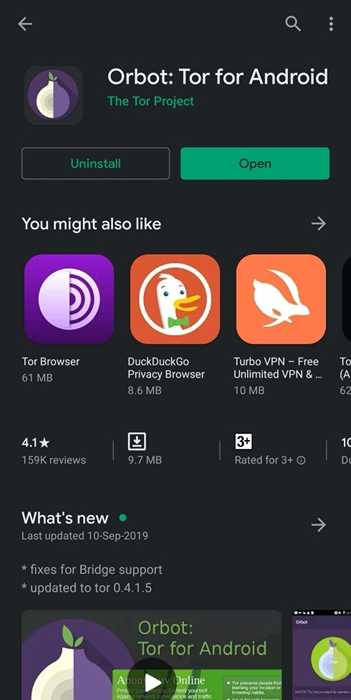- How do I set cookies token?
- How do I set-cookie in HTTP request?
- How are cookies configured?
- Should I store access token in cookies?
- Where should I store my access token?
- Where do I put access token?
- Can we set cookie manually?
- Can you set a cookie in a URL?
- What is a cookie token?
- Should you store token in cookies?
- Should you put JWT in cookie?
- Is it OK to store JWT in cookie?
- Can I use JWT with cookies?
How do I set cookies token?
Store the token in the browser storage and add to subsequent requests using JavaScript. The browser can store this token in Local storage, Session storage, or Cookie storage. Then this token will be added to the authorization header of necessary requests and sent to the server-side for request validations.
How do I set-cookie in HTTP request?
To send cookies to the server in the request header, you need to add the "Cookie: name=value" HTTP header to the request. To send multiple cookies in one Cookie header, you must separate them with semicolons. Servers store cookies in the client browser by returning "Set-Cookie: name=value" HTTP headers in the response.
How are cookies configured?
A server can set a cookie using the Set-Cookie header: HTTP/1.1 200 OkSet-Cookie: access_token=1234... A client will then store this data and send it in subsequent requests through the Cookie header: GET / HTTP/1.1Host: example.
Should I store access token in cookies?
Both cookies and localStorage are vulnerable to XSS attacks. However, cookie-based token storage is more likely to mitigate these types of attacks if implemented securely. The OWASP community recommends storing tokens using cookies because of its many secure configuration options.
Where should I store my access token?
The usual practice is to store access tokens in the browser's session storage or local storage. This is because we need to persist access tokens across page reloads, to prevent the need to re-authenticate on every reload. This provides a better user experience.
Where do I put access token?
Once an application has received an access token, it will include that token as a credential when making API requests. To do so, it should transmit the access token to the API as a Bearer credential in an HTTP Authorization header.
Can we set cookie manually?
However, there are times you might want to set a cookie manually. For example, you might be testing a site that requires login, but you're not actually performing the login in the script. Instead you could manually set the cookies that you'd otherwise get by logging in.
Can you set a cookie in a URL?
The Set-Cookie HTTP response header is used to send a cookie from the server to the user agent, so that the user agent can send it back to the server later. To send multiple cookies, multiple Set-Cookie headers should be sent in the same response.
What is a cookie token?
A Token can be given to your mobile app and stored in a variable (by you) for later use or saved (by you) via JavaScript in your browser for use in SPA requests. A Cookie is generally used in a browser (by the browser).
Should you store token in cookies?
Both cookies and localStorage are vulnerable to XSS attacks. However, cookie-based token storage is more likely to mitigate these types of attacks if implemented securely. The OWASP community recommends storing tokens using cookies because of its many secure configuration options.
Should you put JWT in cookie?
To keep them secure, you should always store JWTs inside an httpOnly cookie. This is a special kind of cookie that's only sent in HTTP requests to the server. It's never accessible (both for reading or writing) from JavaScript running in the browser.
Is it OK to store JWT in cookie?
JWT should be stored in cookies. You can use httponly and secure flags depending on your requirements. To protect from CSRF samesite cookie attribute can be set to strict if it generally fits your application - it will prevent logged-in users of your site to follow any link to your site from any other site.
Can I use JWT with cookies?
Cookies. The server side can send the JWT token to the browser through a cookie, and the browser will automatically bring the JWT token in the cookie header when requesting the server-side interface, and the server side can verify the JWT token in the cookie header to achieve authentication.
 Torgeek
Torgeek



